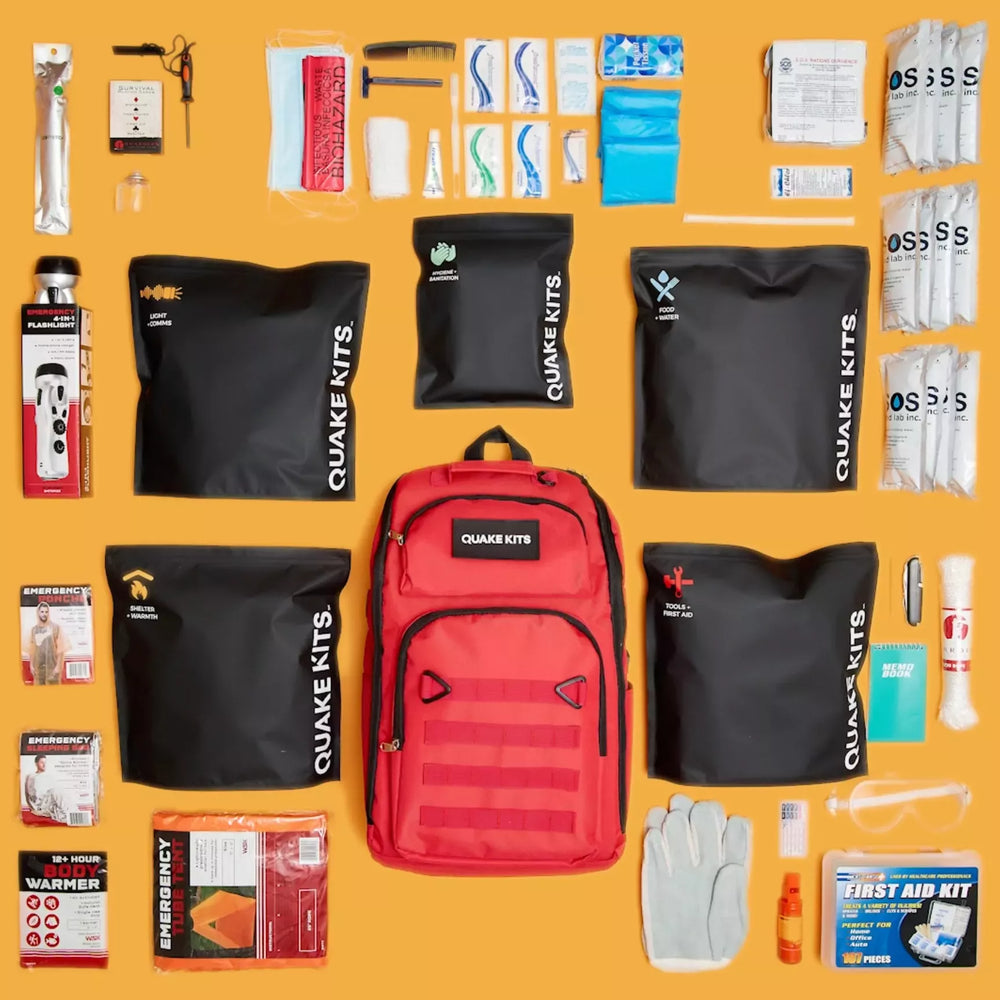How to Prepare for an Extended Power Outage
This week's Disaster Preparedness Tip is written to give you and your family some helpful information on how to be prepared, what to do during, and returning from an extended power outage. The chance of an extended power outage should be factored into your family’s emergency preparedness plan.
Extended power outages can have a negative impact on the entire community and economy. When the power in your community goes out unexpectedly, these significant obstacles to your daily life can result:
- Disrupt communication, water, and transportation.
- Nearby retail stores, grocery shops, gas stations and ATMs may not be operable.
- Food spoilage and water contamination.
- Effect the reliability of needed medical devices.
Read on to learn more regarding the preparation and helpful tips on how to handle things during an extended power outage.
Steps to Prepare for an Extended Power Outage
- Establish a support network. You can identify people who can help you evacuate or stay at home during an extended power cut. Keep a copy of your contact information on paper in a safe place.
- Keep connected and on alert with local information communication updates. Register for alert systems and mobile apps to receive text messages. Store communication devices that can work without power at home, such as a crank radio or battery radio, and chargers/batteries to charge your cell phones.
- Stockpile food and water. Stock food and water for at least 2 weeks. To extend the refrigeration of food, use coolers and Ice. Keep a thermometer in your fridge, freezer, or cooler to check the temperature.
- Plan for your medical and personal electrical needs. Make a list of all your electrical needs. You should consider both power and non-power backups for lighting, communication, refrigerated medicine and cooking. Talk to your primary care provider or medical device providers about your medical needs.
- Put together or purchase a blackout kit for your family and pet emergency kit for your companion animals.
- You should plan for heating and cooling your home to keep it as comfortable as possible when the power is out. To insulate your home, you can use methods like sealing around windows. Plan to travel to a place with heat or air conditioning if the weather is extremely hot or cold. It is unsafe to use a generator, outdoor stoves or heaters indoors.
- Install and inspect smoke alarms and carbon monoxide detectors according to your local building codes. Use battery back up designs on all floors including outdoor sleeping areas.
- Plan for protection from a significant power surge. You need to have current surge protectors for all household electronics and computers.
- Set and communicate your evacuation plan to your family members. Decide how and when you will evacuate safely to maintain needs such as power-dependent medical devices. Always keep ample gas in your car tanks and an extra backup 5 or 10 gallon can.
How to Protect Yourself During A Power Outage
- Keep all freezers and refrigerators closed.
- Use a generator for backup power needs. Never use a generator indoors or near open windows.
- Never use a gas stove or oven to heat your home.
- Always disconnect appliances and electronics to avoid damage from electrical surges when the power comes back on.
- Have backup plans for cooling medicines or using needed medical devices that require power.
- Check with community officials about locations open near you providing adequate heating and cooling.
Returning After a Power Outage
- Inspect all food for any unusual odor, color, or temperatures. Any food that has been exposed to temperatures of 40 degrees or above for two hours or more should be destroyed.
- If power goes out for longer than one day, you should immediately throw away any medication that needs to be kept refrigerated unless the label states otherwise. For a replacement supply, consult your pharmacist or doctor immediately.
- Check and reset all surge protectors in order to restart all electronics and computer devices. Plug back in all refrigerators and freezers and check that all devices are bringing temperatures up to safe levels.






Leave a comment